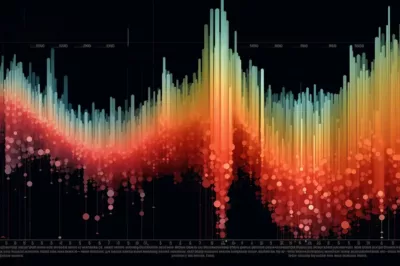Introduction: The Symphony of Digital Communication
Ever pondered how your device can decipher a file generated on a totally different system? Or how software applications share data almost instantaneously? Well, it’s all courtesy of the silent warriors of the digital age – data exchange mechanisms. In this exploration, we’ll embark on a voyage through the realm of data exchange, illuminating its function, modalities, benefits, and the all-important question, “What is data exchange?” So relax, strap in, and let’s unravel some digital dialogues!
- What is Data Exchange?
- Modalities of Data Exchange
- Why Data Exchange Matters
- Hurdles and Resolutions in Data Exchange
- Data Exchange in the Limelight: Real-World Applications
- Data Exchange and AI: A Perfect Digital Union
- Data Exchange: A Glimpse into the Future
- FAQs on Data Exchange
- Concluding Remarks: The Silent Warriors of the Digital World
What is Data Exchange?
In the simplest terms, data exchange is the digital world’s Esperanto. It’s a set of protocols defining how data is packaged and delineated for storage, retrieval, or sharing between varied systems. Imagine it as the ‘grammar’ and ‘lexicon’ that allows disparate software applications to understand each other.
A Glimpse into the History of Data Exchange
The concept of data exchange has been integral since the inception of computing, evolving as the digital landscape broadened. Early data exchange was often basic and rigid, with every new system or application necessitating its unique format. However, the necessity for a more universal language became evident as the digital world expanded, creating more flexible and widely adopted data exchange mechanisms.
Modalities of Data Exchange
When it comes to data exchange, one method definitely does not fit all. There’s a plethora of methods out there, each with its own pros and cons. Let’s take a peek at a few:
XML (eXtensible Markup Language)
A highly adaptable and widely used method, XML is all about flexibility. It’s self-descriptive and human-readable, making it a popular choice for many.
JSON (JavaScript Object Notation)
JSON is the new player in town, gaining popularity for its simplicity and compactness. It’s primarily used in web applications for data exchange between client and server.
CSV (Comma Separated Values)
Old but reliable, CSV is a simple, tabular method that’s been around for ages. It’s highly compatible and easy to use, making it a favorite for many data analysts.
Why Data Exchange Matters
If you’re thinking, “So what? Why should I bother about data exchange?” Without it, the digital world as we know it would come to a standstill. Data exchange enables data interoperability, ensuring that information can be shared and understood across different systems and applications. Data exchange is at the heart of it all, whether it’s transferring files, syncing apps, or even loading webpages.
The Brilliance of Interoperability
Interoperability is the key to our interconnected digital world. Without data exchange, each software application would be an isolated island, unable to communicate with others. However, these mechanisms allow us to freely exchange data across different platforms, making our digital lives much easier and more efficient.
Hurdles and Resolutions in Data Exchange
While data exchange is essential, it’s not without its challenges. Differences in format, compatibility issues, and data loss are just a few obstacles. Fortunately, these can be effectively managed with robust data management strategies and the right tools.
Data Exchange in the Limelight: Real-World Applications
You may not realize it, but data exchange mechanisms are at work all around us. They’re instrumental in everything from web browsing and app integration to AI algorithms and future tech.
The Spine of Web Browsing
When you input a URL and press enter, your browser sends a request to the website server. The server responds with data in a standardized format (HTML, JSON, or XML) which your browser comprehends and displays as the webpage we see.
Driving App Integration
Ever wondered how apps ‘converse’ with each other? Like how Google Calendar integrates with Slack? It’s all thanks to data exchange! APIs (Application Programming Interfaces) use these methods to transfer data between apps, facilitating seamless integration.
Data Exchange and AI: A Perfect Digital Union
Artificial Intelligence (AI) is the talk of the town nowadays, and rightly so. From personal assistants like Siri to recommendation engines on Netflix, AI is reshaping our digital experiences. And guess what’s at the core of it all? You guessed right, data exchange!
Nourishing the AI Machine
AI algorithms feast on data – the more, the merrier. Data exchange mechanisms allow these algorithms to consume vast amounts of data from various sources, enabling them to learn and make accurate predictions.
Data Exchange: A Glimpse into the Future
Data exchange mechanisms have come a long way, but we’re just beginning to uncover their potential. As we stride towards an increasingly interconnected digital future, the role of these mechanisms will only amplify.
The Emergence of Real-Time Data Exchange
As we move closer to a real-time, connected world, the demand for instantaneous data exchange is escalating. This necessitates the development of more efficient and quicker data exchange methods.
Data Exchange in the Age of IoT
The Internet of Things (IoT) is set to explode, with billions of devices expected to be interconnected in the coming years. Efficient data exchange will be key to the success of IoT, making the evolution of data exchange mechanisms a burning issue.
FAQs on Data Exchange
1. What is data exchange?
Data exchange is a set of protocols that define how data is packaged and delineated for storage, retrieval, or sharing between different systems.
2. Why is data exchange important?
It ensures data interoperability, facilitating seamless data exchange across different systems and applications.
3. What are some common methods of data exchange?
XML, JSON, and CSV are some of the most common methods of data exchange.
4. How does data exchange aid in AI?
Data exchange mechanisms allow AI algorithms to consume vast amounts of data from various sources, enabling them to learn and make accurate predictions.
5. What role will data exchange play in the future?
As we stride towards a more interconnected digital future, data exchange will play an increasingly crucial role, especially in real-time data exchange and the Internet of Things (IoT).
6. What are some challenges in data exchange?
Differences in format, compatibility issues, and data loss are some of the challenges in data exchange. However, these can be effectively managed with robust data management strategies and the right tools.
Concluding Remarks: The Silent Warriors of the Digital World
So, there you have it, folks! The next time you upload a file, sync your apps, or browse the web, spare a thought for the silent warriors behind the scenes – the data exchange mechanisms. They may not steal the limelight, but without them, our digital world would be a whole lot less connected.
Who knew the answer to “What is data exchange?” could unravel such a fascinating tale of digital dialogue!







Leave a Reply